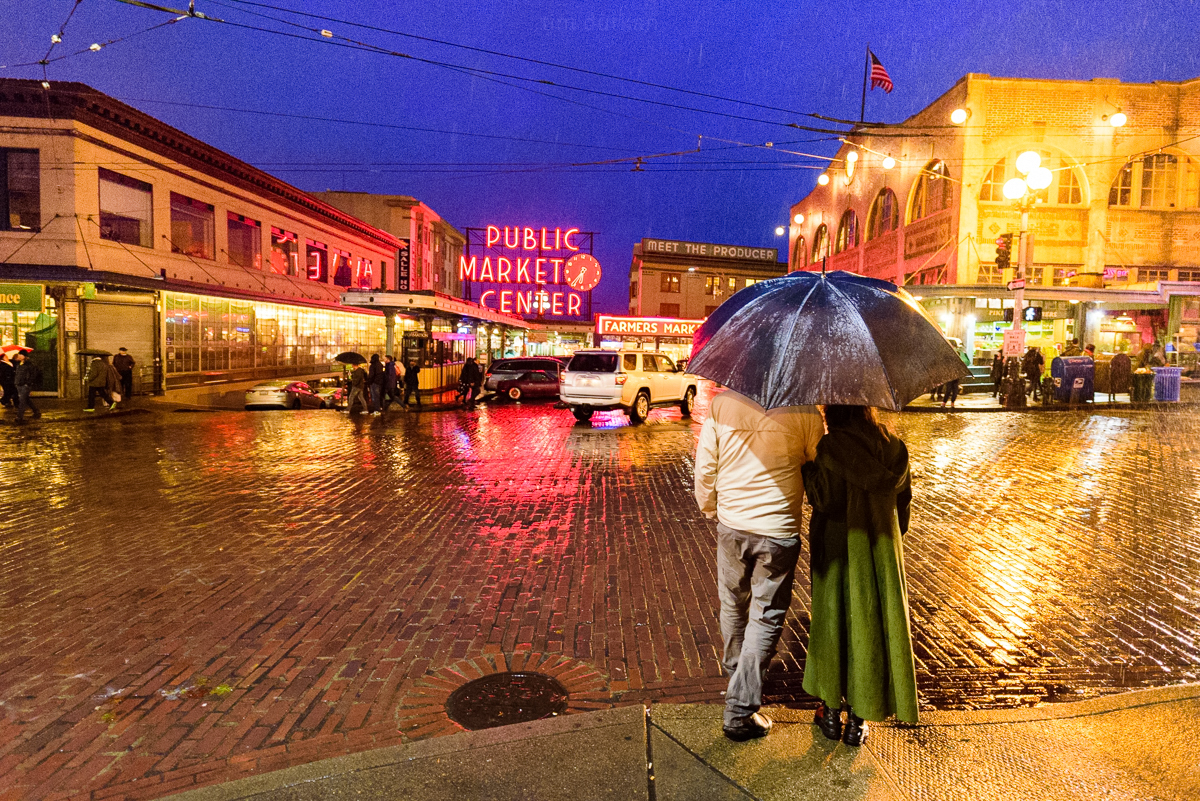 Seattle City Light is on track to meet the energy conservation and renewable energy requirements of the Washington Energy Independence Act, which was approved by voters as Initiative 937.
Seattle City Light is on track to meet the energy conservation and renewable energy requirements of the Washington Energy Independence Act, which was approved by voters as Initiative 937.  Seattle City Light is on track to meet the energy conservation and renewable energy requirements of the Washington Energy Independence Act, which was approved by voters as Initiative 937.
Seattle City Light is on track to meet the energy conservation and renewable energy requirements of the Washington Energy Independence Act, which was approved by voters as Initiative 937.
In addition to a requirement for large utilities to have 15 percent of their energy portfolios come from new renewable energy resources by 2020, the law also outlines energy conservation targets to be met every two years.
City Light used the Utility Analysis Option to set our two-year conservation target. City Light completed a Conservation Potential Assessment in 2014 to identify achievable and cost-effective energy conservation potential.
This study identified a biennial energy conservation potential of 207,437 megawatt-hours for 2014-2015 and a 10-year conservation potential of 1,037,184 megawatt-hours. The Seattle City Council adopted these targets with Resolution #31487.
City Light is ahead of pace in meeting the 2014-2015 goal. Through the end of 2014, City Light achieved 159,033 megawatt-hours of savings. That means halfway through the reporting period, the utility has already achieved 76.7 percent of its 2014-2015 biennial target. City Light relied on Bonneville Power Administration’s IS 2.0 reporting system to capture all its energy conservation savings for 2014, which reflects the most current data available as of May 2015.
City Light is required to submit a report on its progress in meeting the conservation targets to the Washington Department of Commerce by June 1.
In 2015, City Light needs to have I-937 eligible renewable energy resources equivalent to 3 percent of retail sales. City Light will meet this requirement with our purchase of energy produced by the Stateline Wind Project, the Priest Rapids dam and Wanapum dam, and renewable energy credits we get from our purchase from the Bonneville Power Administration.
In 2016, the target increases to 9 percent of sales. City Light will meet this requirement with contracts already signed with geothermal, biomass, bio-gas, and wind-powered projects in the Northwest.
